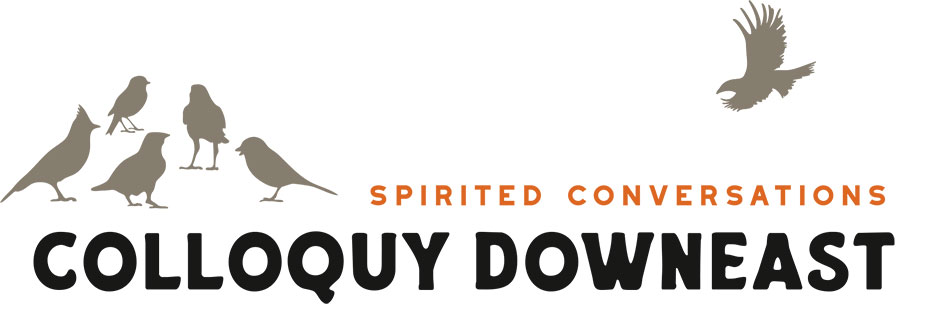Outsize: The Largest, Costliest Engineering Projects That Were Never Built
| |||||||||
Outsize: The largest, costliest infrastructure projects in the world — most of them are still on the drawing boards
Not surprisingly, many of the largest construction and transportation projects in the world do not get any further than the dreams of the engineers who designed them. The most well-known of those that have been built are the English Channel tunnel (aka the Chunnel), the Panama Canal, and the Suez Canal. Most proposed “macro” projects languish on drawing boards, starved of funding and the commitment of government and industry to start multibillion-dollar ventures that could easily take a century to complete.
Among the proposals we will explore are:
- A 5,500-mile railroad from North America across the Bering Strait to Russia and, ultimately, throughout Europe.
- Connecting Gibraltar to Morocco, nine miles away, by bridge or tunnel. (Since we’re in that area, there was also a proposal about 100 years ago to dam the Mediterranean Sea at the Strait of Gibraltar and generate enormous amounts of hydroelectricity; a side effect would be the lowering of sea level, producing more real estate to commercialize.)
- High-speed trains that can travel up to 19,000 miles an hour, using magnetic levitation (maglev) inside special tunnels that have been drained of air; more modestly (and realistically), in 2024 China successfully tested trains running up to 373 miles an hour, and the popular high-speed trains in Europe routinely run at 186 mph or more.
- Damming up parts of Canada’s James Bay (just south of Hudson Bay), then building a series of pipes and pumps to bring billions of gallons of water to the parched West.
Michael Taylor is a retired newspaper reporter who has written about mega projects, among other things.
Syllabus/Reading
Session 1: Introduction to macro-engineering (super projects) and a look at a couple of the the crown jewels. https://en.wikipedia.org/wiki/Macro-engineering ;
This is an overall piece on macro-engineering. It’s not exhaustive, but it has enough to get us going and it also has subsections on many proposed macro projects around the world.
https://en.wikipedia.org/wiki/Channel_Tunnel
The English Channel tunnel (colloquially known as the Chunnel). This is, arguably, the king of successful modern macro projects. In addition to the Chunnel, there are two other tunnels worthy of macro note (they’re longer than the Chunnel). The Seikan Tunnel (https://en.wikipedia.org/wiki/Seikan_Tunnel) , a nearly 34-mile-long rail tunnel connecting, Wikipedia says, “the main Japanese island of Honshu from the northern island of Hokkaido.” The Goddard Base Tunnel (https://en.wikipedia.org/wiki/Gotthard_Base_Tunnel), a 35.5-mile rail tunnel connecting the Swiss cantons of Uri and Ticino.
https://en.wikipedia.org/wiki/Panama_Canal
The Panama Canal is a 51-mile-long “Path Between the Seas,” as writer David McCullough termed it in his book about the project. The French started the canal in 1881 and it was ultimately completed by the Americans in 1914.
These two deal with a proposal to link Gibraltar to Morocco, and another project, dubbed “Atlantropa,” to dam up key entry and exit points of the Mediterranean Sea as a way of lowering the sea level and reclaiming the newly exposed land (more like mud flats).
https://en.wikipedia.org/wiki/Strait_of_Gibraltar_crossing
https://en.wikipedia.org/wiki/Atlantropa
Session 2: Ultra-long railroads that leap from continent to continent.
https://www.intercontinentalrailway.com/
This is, perhaps, the most ambitious project out there. It posits a 5,500-mile railway from the lower-48 United States, up through Canada and Alaska, then over to Russia across the Bering Strait.
https://en.wikipedia.org/wiki/Bering_Strait_crossing
While we’re here, we’ll also look at some of the longest bridges in the world – China is home to the ones on top of the list, such as a 102-mile-long viaduct/bridge on the Beijing-Shanghai high-speed railway. https://en.wikipedia.org/wiki/List_of_longest_bridges
Session 3: Water projects.
https://en.wikipedia.org/wiki/Great_Recycling_and_Northern_Development_Canal
The concept here was to dam up James Bay, increasing water levels of the Great Lakes, then pumping it across North America.
https://en.wikipedia.org/wiki/Thomas_Kierans
Another huge effort – and this one actually got off the ground – is the Great Man-Made River project (GMMR), which brings water buried deep in the Libyan desert to the nation’s populous coastal regions. “The giant project remains a vital source of water for Libya’s population, though it has run into numerous hurdles in recent years,” says Newsweek.
https://www.newsweek.com/worlds-largest-man-made-river-1944773
Session 4: High-speed trains. Bullet trains, maglev trains. The notion of sending passengers through a vacuum tube in trains hurtling along at more than 1,000 miles an hour has been around since the 19th century – Jules Verne’s son, Michel, wrote a short story about a transatlantic submarine tube that could whisk riders from the U.S. to Europe in a few hours. We’ll look at what’s out there and what’s been proposed. The reality is that passenger trains that actually carry passengers are getting faster – China has successfully tested a train that goes 373 miles per hour – but we’re nowhere near the fantasyland of supersonic rail travel.
https://en.wikipedia.org/wiki/ET3_Global_Alliance evacuated tube tunnel.
https://en.wikipedia.org/wiki/Vactrain more on maglev trains.
https://en.wikipedia.org/wiki/CRRC_Maglev The China superfast train.
▼ Registration


